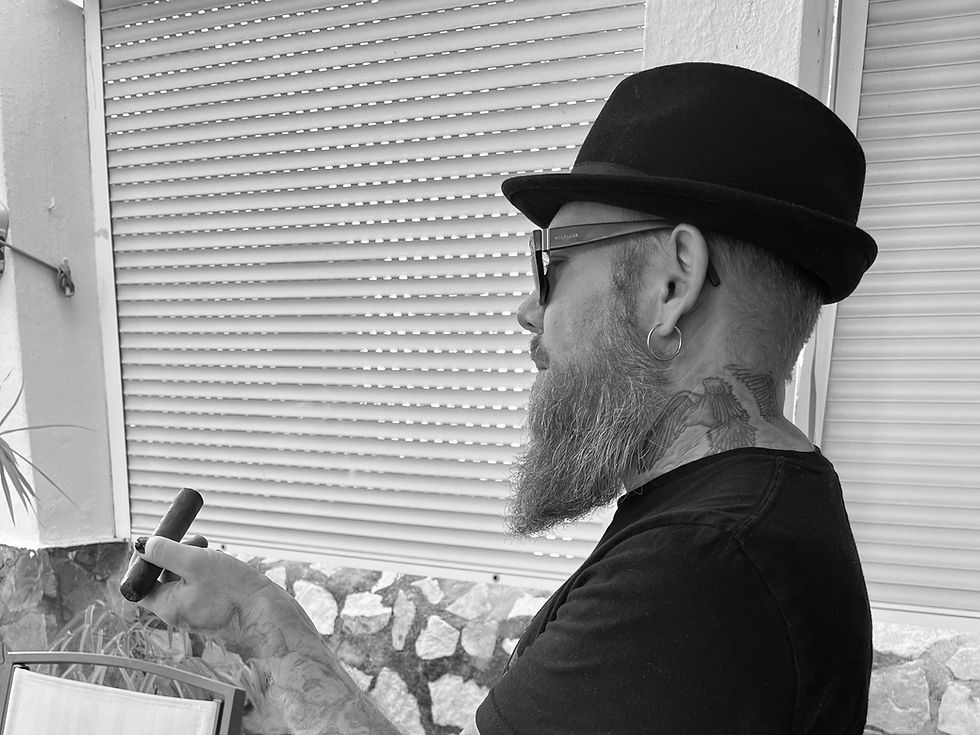Studio Life AI and the Future of Mixing
- nicolaslinnala
- Jun 2
- 3 min read
Updated: Jun 4
Not everything goes perfectly in the studio – no matter what you see on Instagram.
In this blog, I share a real story that shows how unpredictable things can be.
This blog dives into the reality of studio life, AI and the future of mixing – how these elements are changing the way we create and refine sound, and an artist singing like Lady Gaga.
But the reality? It's often very different.
Let me tell you a story that may not belong on social media – but it's absolutely real.
We were recording a nature documentary. The director was sitting next to me, and the voiceover actor was giving the performance of a lifetime. Everything was going perfectly – until I hit a button. The stop button.
I had leaned on the desk and accidentally shut down the entire recording. I looked at the director and said, “Hey, just one thing... I just stopped the recording.”
He asked, “Why?”
I didn't have a better answer than: “Good question.”
That moment became the title of this post.
Studio Life AI and the Future of Mixing
I’ve been thinking a lot lately about what music is becoming in 2025. AI has entered the creative space in ways few could've predicted. Many use AI to compose, some to mix, and others even build entire live sets with it.
And honestly? I love it. Music has become more accessible to people who didn’t know how to start before. AI gives them a way to try.
Sure, there's also the illusion: "I’ll make one good AI song and become famous." But in reality, most AI-generated music still sounds... unfinished. A little like a demo. And that demo-feeling is exactly what stops it from going further.
I’ve spent months learning how to mix AI-generated music. It doesn’t follow the same rules as traditionally made music. Sound colors, dynamics, and structures behave differently. Sometimes it feels like 50% of it is random. But if you know how to finish it – it can work.
That’s where AI can also be a great tool in mixing and mastering. I use plugins that launch 8 or 9 effects automatically and set rough levels faster than I could do it manually. It doesn’t take away the craft – it just speeds up the process.
But the danger is that you go deaf to your own instincts and start trusting AI decisions too much. That’s not good.
What matters most is staying open. The combination of human touch and AI can be powerful – if you stay in charge.
Also, keep in mind: AI is cheap now. But it won’t stay that way. Some processors cost as much as a Tesla and consume electricity like a sauna. If you think AI will stay free forever, that might be a very expensive illusion.
So this is a good moment to explore. To experiment. To learn. And above all – to make music. Don’t be afraid if it isn’t perfect right away. Sometimes you hit stop by accident. Something valuable can still come out of it.
-Nicolas

Join the email list
If you enjoy reflections like this – honest moments from the world of sound and music that don’t usually make it to social media – join the list. You’ll get the next one straight to your inbox.




Comments